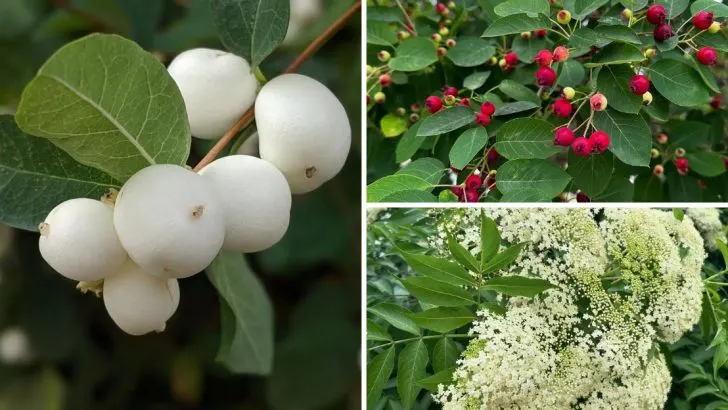Robins are a delight to watch, with their cheerful songs and bright red breasts adding charm to any yard. If you’re looking to attract these beautiful birds, the right shrubs can make all the difference.
By offering a combination of food, shelter, and nesting opportunities, certain shrubs can turn your garden into a robin-friendly haven.
In this guide, we’ll introduce 10 shrubs that robins love. These plants not only enhance your landscape with their natural beauty but also invite these beloved birds to visit and stay.
Holly
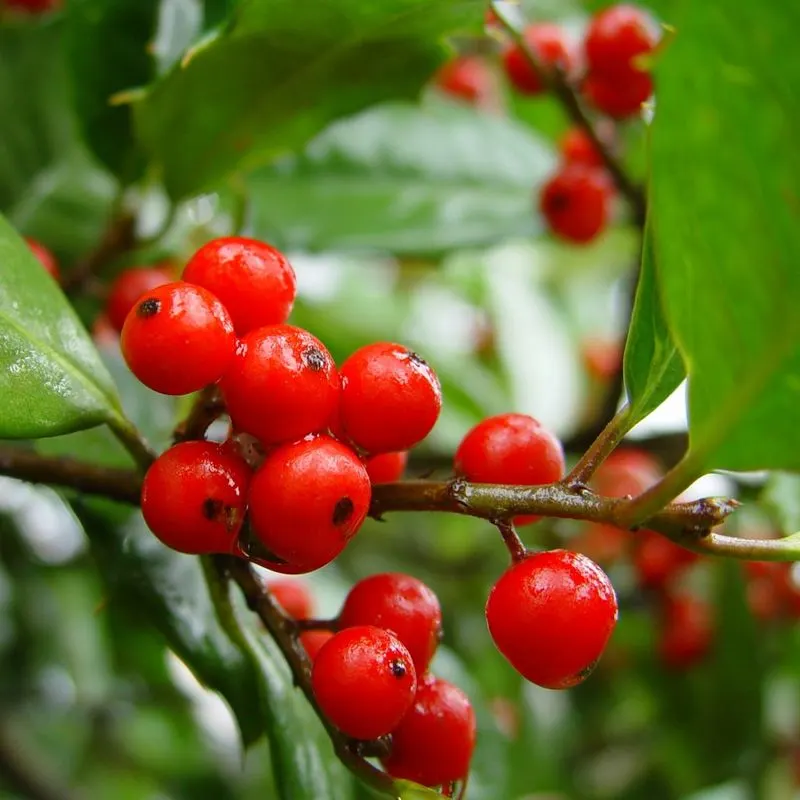
In the depths of winter, holly bushes stand out with their glossy green leaves and bright red berries. These berries are a vital food source for robins when other options are scarce. The dense foliage offers excellent shelter, protecting them from harsh weather.
Planted near a window, a holly bush provides an opportunity to watch robins feast. Consider pairing holly with other shrubs to create a diverse habitat. Its evergreen nature ensures that it remains a staple in your garden year-round, delighting both robins and humans alike.
Serviceberry
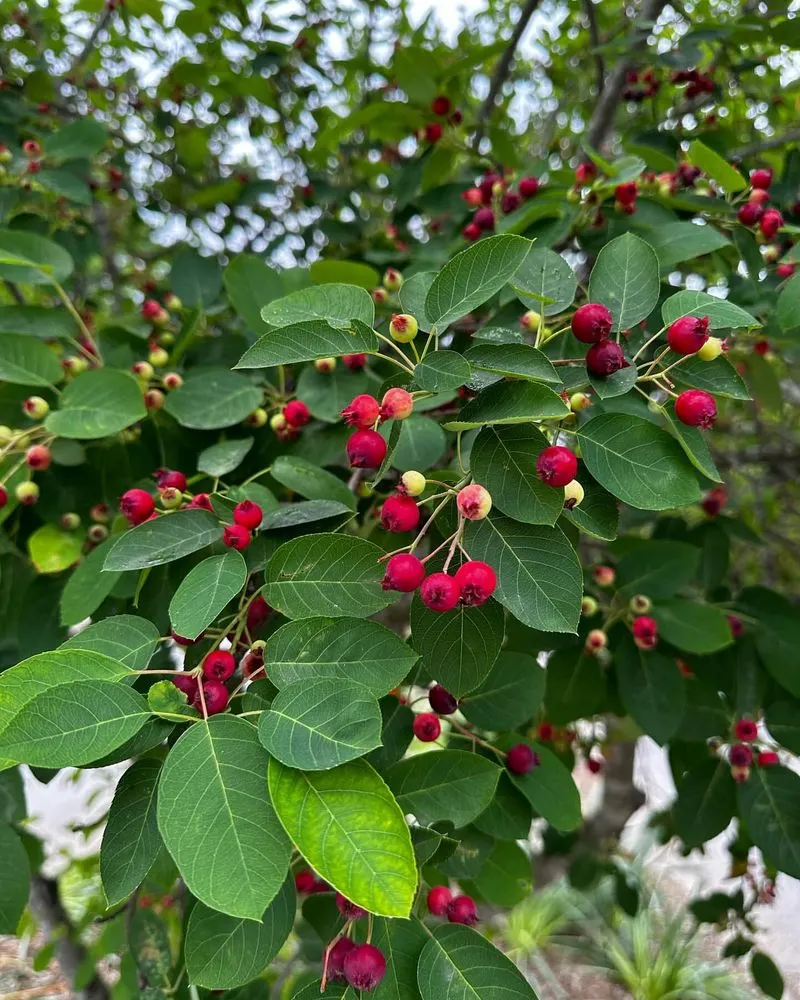
Serviceberry is a notable addition to any garden, offering a feast for robins with its early ripening berries. As spring arrives, its branches are adorned with delicate white flowers, drawing robins in with promise of sustenance.
The berries, which emerge soon after the blossoms, are a favorite among these birds. Situated in a sunny spot, serviceberry provides both food and a stunning visual display. Its ability to thrive in various conditions makes it a versatile choice for attracting robins, ensuring your garden remains a lively place.
Elderberry
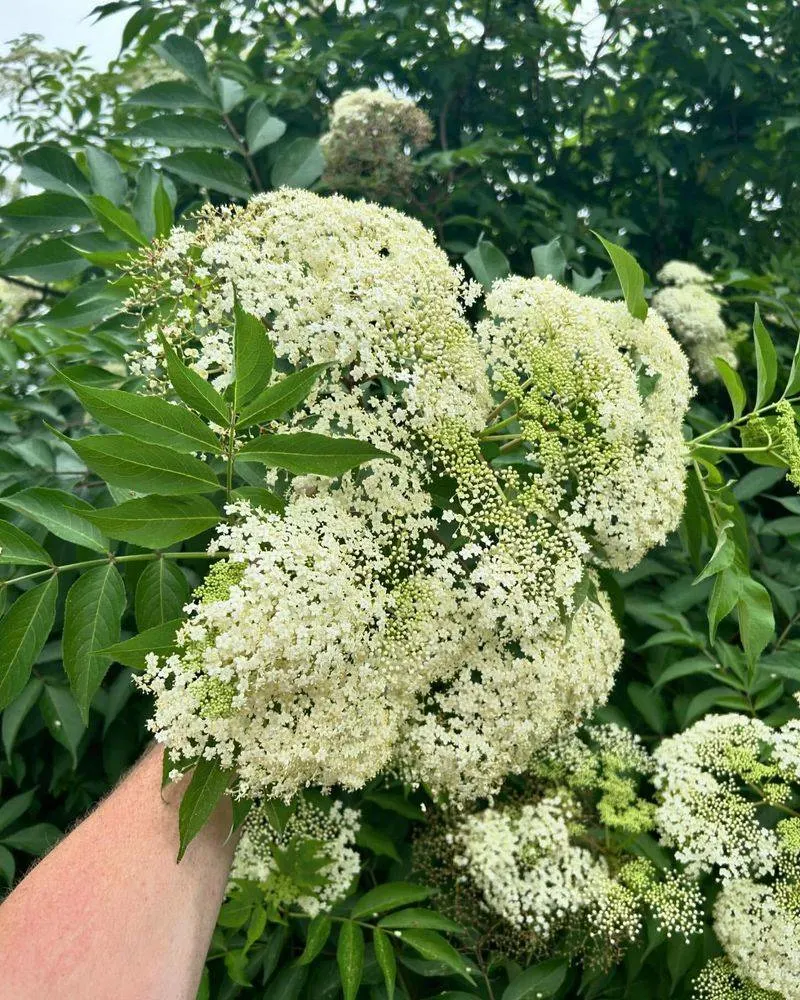
Elderberry bushes are a magnet for robins, thanks to their bountiful berry clusters. In summer, these shrubs burst into life, offering a rich harvest that draws robins in droves. The dark purple berries hang in clusters, providing a feast that few birds can resist.
Plant elderberry in a damp spot for optimal growth, allowing it to thrive and produce abundant berries. Its large leaves also offer shade, creating a pleasant resting spot for robins. As a bonus, elderberries attract other wildlife, enriching the garden’s ecosystem.
Sumac
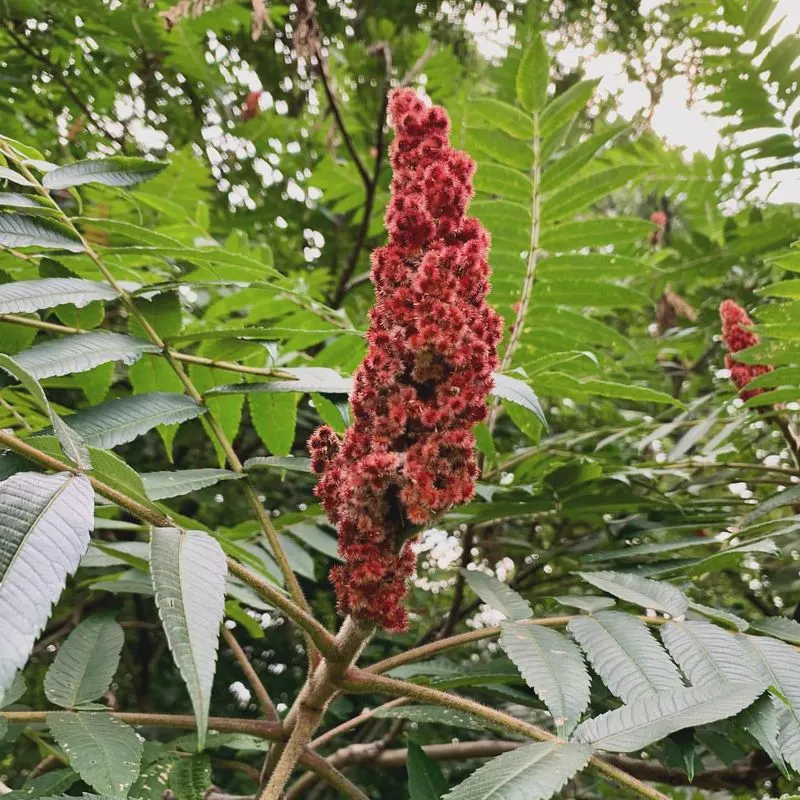
Sumac shrubs are known for their vibrant red clusters that appear in autumn, attracting robins with both color and nourishment. These clusters are not only visually striking but also provide a late-season food source. Positioned in a sunny area, sumac grows robustly, creating a dramatic backdrop in the garden.
Its hardy nature means it can withstand diverse weather conditions, making it an ideal choice for gardeners. Observing robins enjoying the sumac’s offerings becomes a cherished activity, as these shrubs enhance the garden’s appeal throughout the year.
Mountain Ash
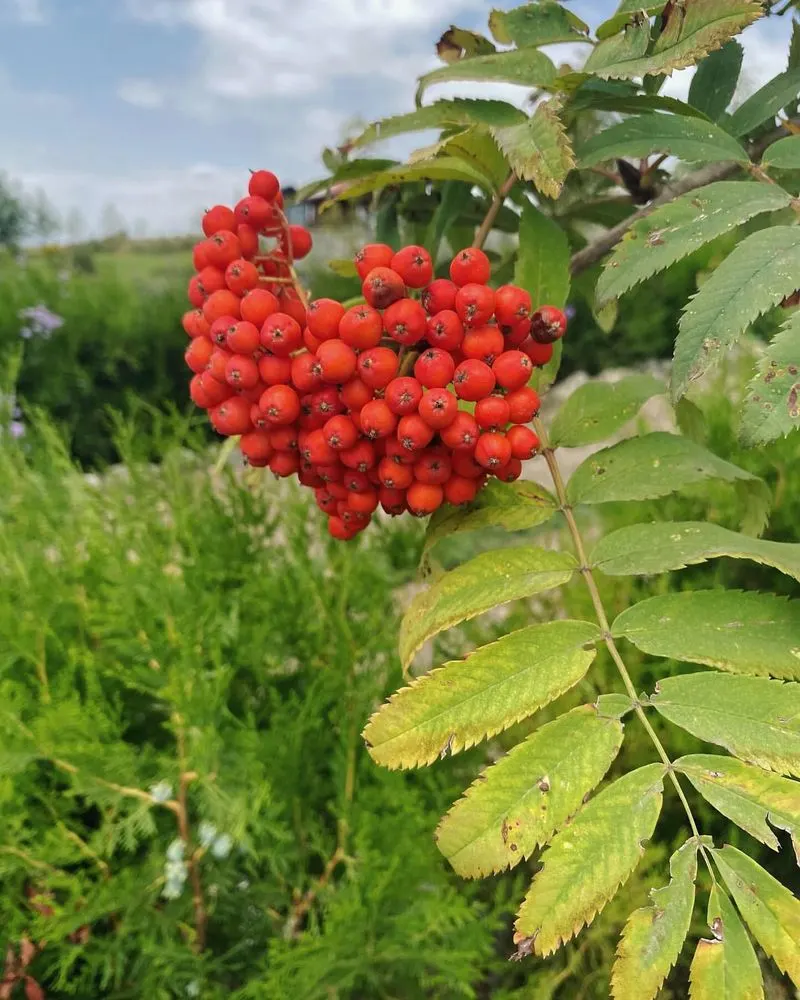
Mountain Ash trees, with their clusters of bright orange berries, are a favorite perch for robins. These berries are especially valuable in late summer, providing essential nutrients. The tree’s open branches cater to robins seeking a view or a resting spot.
Plant mountain ash in well-drained soil to ensure healthy growth. Its striking appearance, combined with its utility for robins, makes it a beloved choice for bird-friendly gardens. Watching robins dance among the branches adds a lively dynamic to any yard, making it a hub of avian activity.
Viburnum
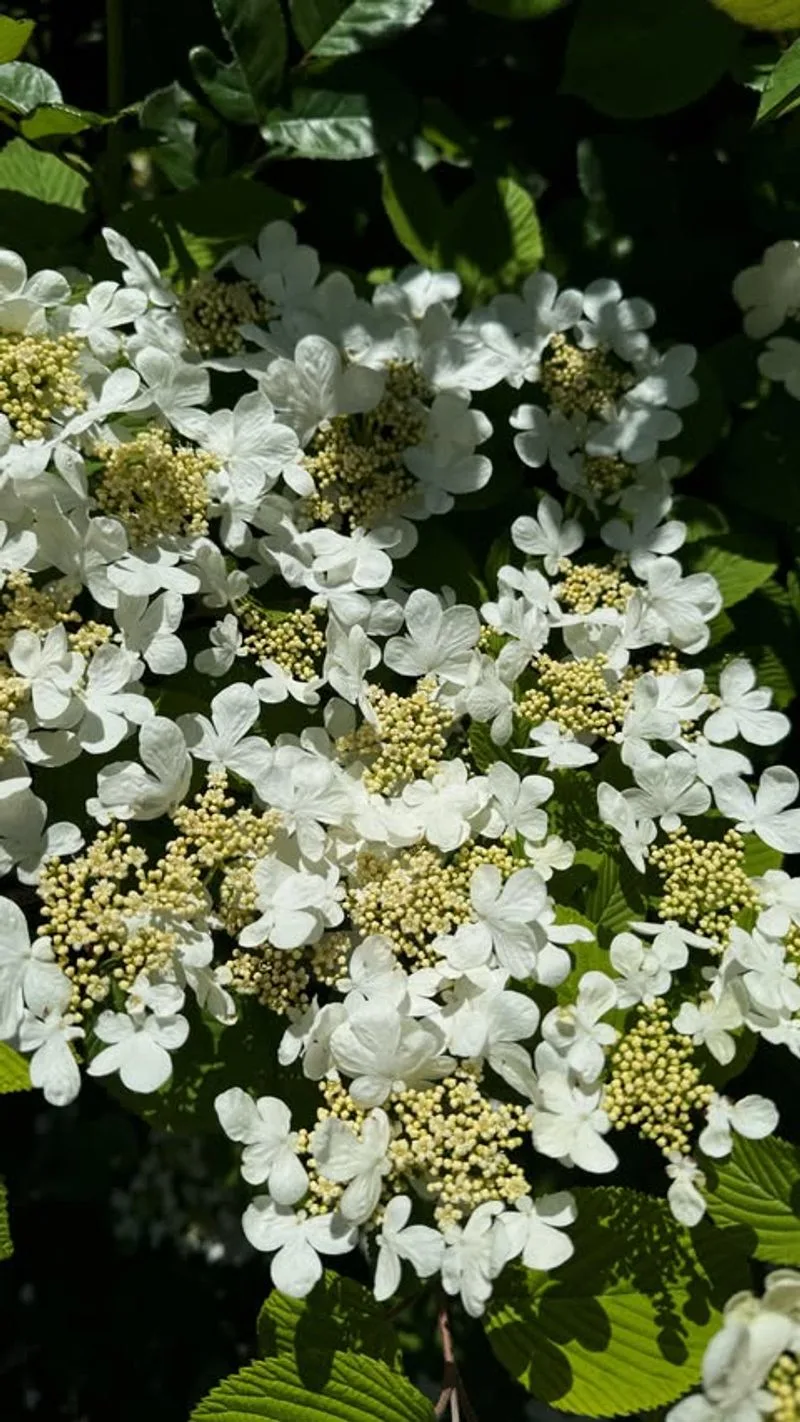
Viburnum shrubs, with their fragrant white flowers, transition into a robin’s paradise as red berries emerge. These berries provide a crucial food source during migration periods. Viburnum’s dense structure offers excellent protection, allowing robins to feed and rest safely.
Placing these shrubs in a semi-shaded area maximizes their berry production. With various species available, gardeners can select the ideal type to suit their landscape. This adaptability ensures viburnum remains a favorite among those seeking to attract robins, adding beauty and practicality to any garden.
Dogwood
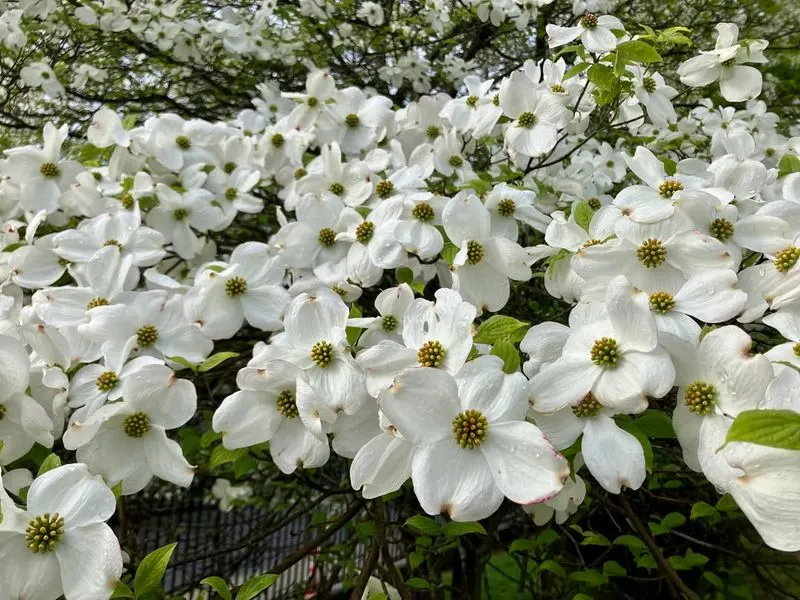
The dogwood shrub is a springtime spectacle, renowned for its striking red stems and delicate white flowers. As these blossoms give way to berries, robins are drawn to the feast. Dogwood’s vibrant stems offer visual interest even in the barren winter months.
Planting dogwood in well-drained soil and sunny locations ensures robust growth. The combination of aesthetic appeal and functionality makes it a top choice for attracting robins. Observing these birds delight in the dogwood’s bounty adds a joyful note to spring gardens, enhancing their charm.
Wild Rose
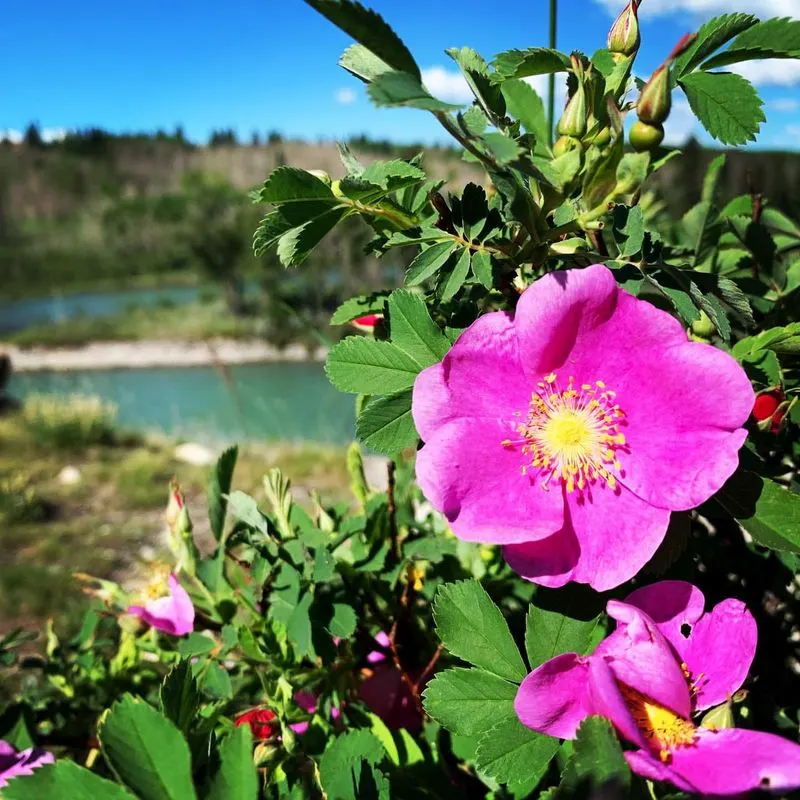
Wild rose bushes, celebrated for their charming pink flowers, transform into a beacon for robins as they produce bright red rose hips. These hips are rich in nutrients, appealing to robins throughout the fall. The bush’s thorny structure offers shelter, safeguarding robins as they feed.
Position wild roses in a sunny, open area to foster abundant flowering and fruiting. Their natural beauty, combined with their value to robins, makes wild roses a cherished garden element. Watching robins navigate their way through the thorny branches is a rewarding sight.
Snowberry
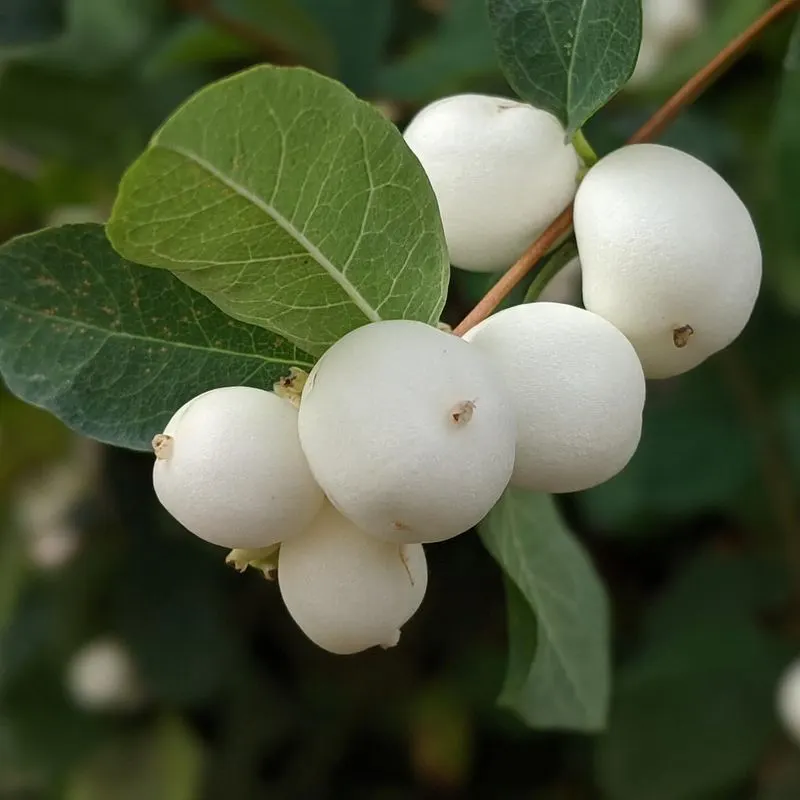
In late autumn, snowberry bushes capture attention with their distinctive white berries. These berries persist into winter, providing sustenance for robins when food is scarce. Snowberry’s compact form is perfect for small gardens, offering both decoration and functionality.
Growing snowberry in well-drained soil and moderate sunlight yields the best results. Its unique appearance adds character to the garden, intriguing robins and gardeners alike. As robins peck at the berries, they bring life to the garden’s quiet corners, ensuring snowberry remains a valued feature.
Hawthorn
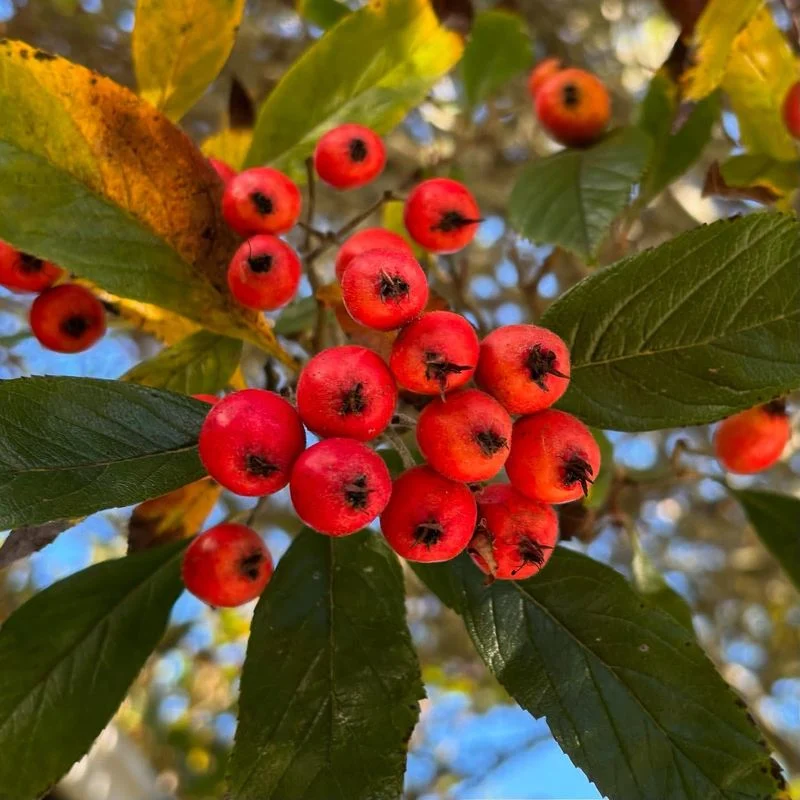
Hawthorn trees stand out with their white blossoms that transform into red berries, a robin’s delight. These berries are crucial during colder months, offering a reliable food source.
The tree’s thorny branches provide safe havens for robins nesting or resting. Plant hawthorn in an open, sunny position for optimal berry production. Its blend of beauty and practicality makes it a staple in bird-friendly gardens. Observing robins flit between the branches, taking refuge among the thorns, adds a dynamic element to the landscape, enriching the garden’s allure.

